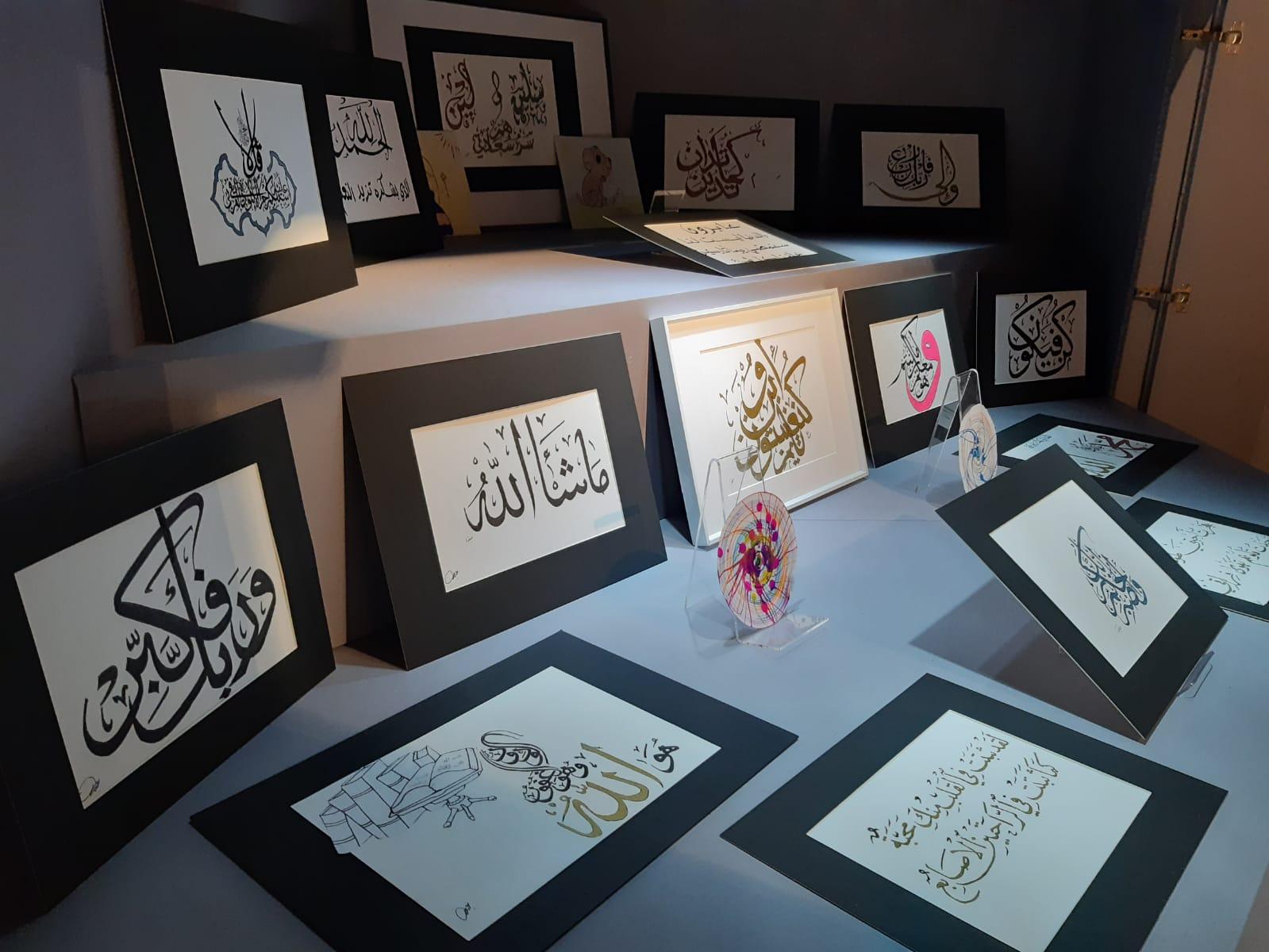Kingston Centre for Independent Living (KCIL)
KCIL is committed to transforming the lives of disabled people in South West London by delivering tailored, impactful services that empower individuals, promote independence and foster inclusion within the community.
Established in Kingston in 1968, two of its earliest campaigners were Baroness Jane Campbell, now a member of the House of Lords, and Ann Macfarlane OBE, now KCIL's Patron.
KCIL supports children and adults with all disabilities or age-related impairments. KCIL is a disability-led charity; 76% of our staff and trustees have a disability.
KCIL supports adults and children receiving Direct Payments and individuals with Personal Health Budgets through the NHS. KCIL supports families using the Short Breaks service and families of children with an EHCP.


KCIL manages an Independent Travel Training programme in Sutton, teaching young people who use Assisted Transport to travel confidently on public transport.
KCIL employs an Access Officer to work with local businesses to improve physical and online services. If you spot an accessibility issue in the community, use KCIL's Report an Access Issue to report the problem so KCIL can investigate. KCIL regularly hosts community events, such as annual boat trips, trips out into green spaces and Christmas parties.
Find out more about KCIL on the website.
The community display case is available to Royal Borough of Kingston’s residents, artists, makers, community groups and local schools.
This is a great way to showcase your artwork, project or organisation. Each display typically stays up for a month, and the case is located in the heart of Kingston Museum.
If you wich to submit an exhibition idea please fill out this form




